
To discuss the problems of suburban heating, especially emergency, you can not find a more appropriate time than the middle of January. And this is understandable: in winter, heat in the house is not a luxury, but a vital necessity. Therefore, for sure, the topic of conversation will be interesting for those who live in the country constantly, and for those who are in the country only on weekends and holidays in the winter. Today, we will take a comprehensive look at the most up-to-date models of equipment that run on various types of fuel. But first, I suggest making a small digression into history.
Do you remember how it all started?..
Summer residents with experience probably remember homemade electric heaters, many of which were bred on construction sites, and there were also a lot of them in the cottages. The device of the legendary heating apparatus was simple: an asbestos-cement pipe was installed horizontally on metal legs, wrapped in several turns of nichrome wire (or even a door spring), to the different ends of which a double-stranded wire was attached. When plugged into the socket, it became very hot, becoming though primitive, but a powerful heating device. This design was the undisputed evidence of both intelligence and a poor image of their lives. Unfortunately, such devices were really fire-dangerous, and not to count the most sad events, the culprits of which they became. Times have changed: home-made heating units have sunk into the past, giving way to modern heat guns — more powerful, effective and safe.
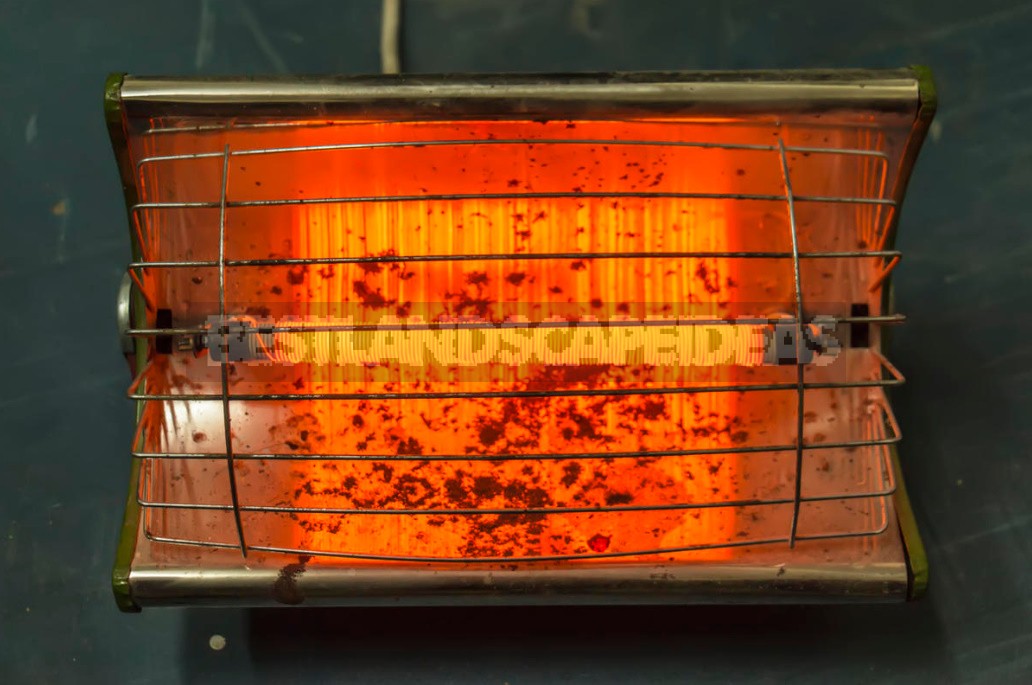
Construction of heat guns
Designs of heat guns (or fan heaters, as they are also called), despite the difference in the sources of heat energy used, have a lot in common. The housing (cylindrical or box-shaped) can be mounted on handles-legs or on a wheel platform (the latter applies only to powerful heat units). A fan is installed on the motor shaft at the rear wall, the impeller of which directs the air flow towards the front of the device. The heating element located inside the housing brings the air to the desired temperature, and the fan pushes it out. In this way, the air is circulated with forced heating.
Types of heat guns
What is the difference between different models of heat guns? First of all, units are classified by the type of fuel used. According to this parameter, heat guns are divided into:
- gas;
- diesel;
- electric;
- infrared;
- multifuel.
There is also a gradation of these devices by purpose: industrial and household. The main distinguishing feature is the developed capacity, which determines the size of the heated object.
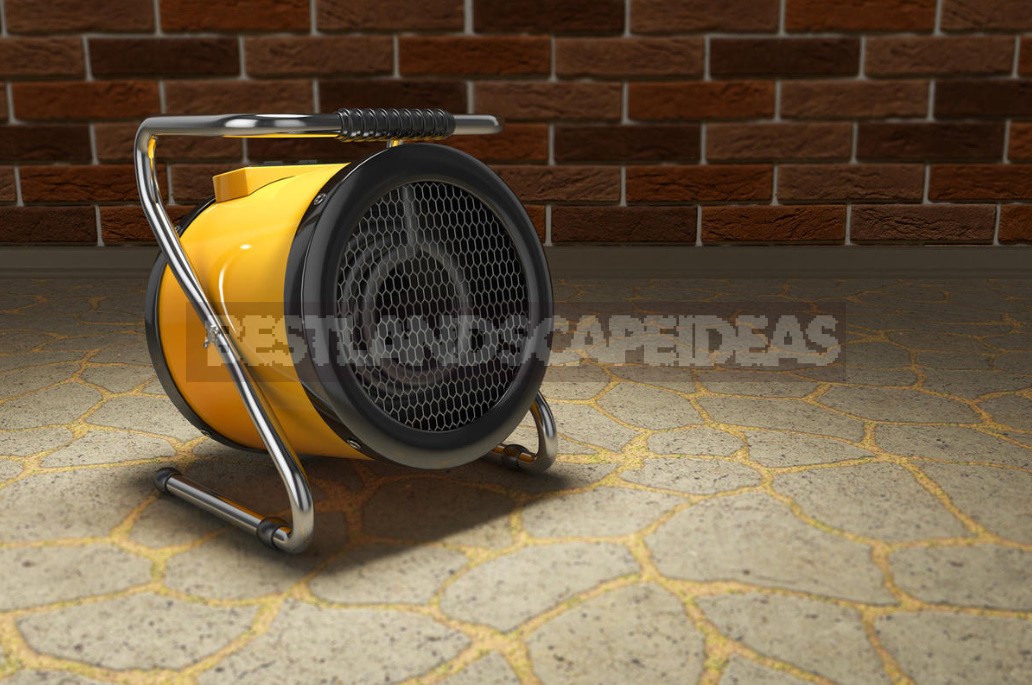
Heat gun on hydrocarbon fuel
Just two words about diesel guns. These are quite powerful heating devices – the range of output thermal power starts from 10 kW. Diesel units use diesel fuel as fuel. Individual models “agree” to waste and filtered oil or kerosene. We must pay tribute to these designs: the efficiency reaches almost 100%. But all diesel-powered heat guns are inevitably dependent on electricity: they require a voltage of 220 V. Electricity is needed to start the burner, feed fuel from the tank to the combustion chamber, and rotate the fan impeller. The burner not only sprays fuel, but also contributes to the movement of air. As a result of this process, a mixture is formed that easily ignites, and the flame is stable. In turn, diesel guns are divided into direct and indirect heating units. In the first case, the combustion products fall into the heated air, which means that such guns can not be used for heating residential premises. The second type is distinguished by the ability to remove fuel combustion products outdoors, which allows the use of equipment in residential spaces.
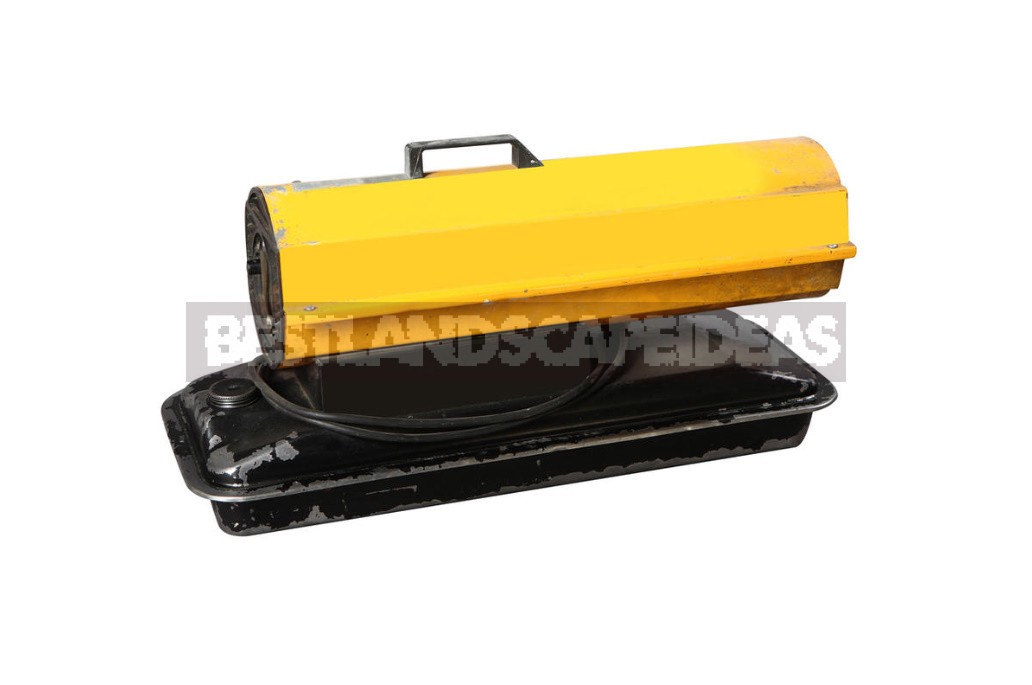
Gas heat gun
The scheme of the device resembles a diesel version. An efficient heating device with an efficiency close to 100%. To get the heat flow, natural gas (balloon) is used, which completely burns out in the heat gun. However, this unit can only be used in non-residential areas.
Both diesel and gas guns are designed for heating warehouse-type premises, construction sites that have not yet been heated, and greenhouse structures used for growing crops.
Summing up the preliminary result of the above, we can say that with all the perfection of diesel and gas heat guns for real heating of country houses, such units are not suitable. Is that they can quickly and efficiently to dry the basement after the spring flooding.
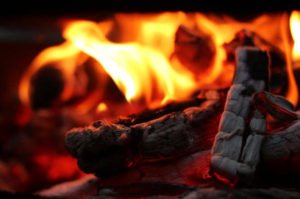


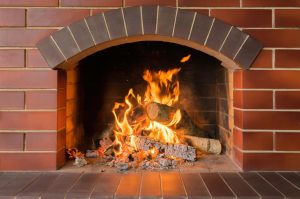
Leave a Reply